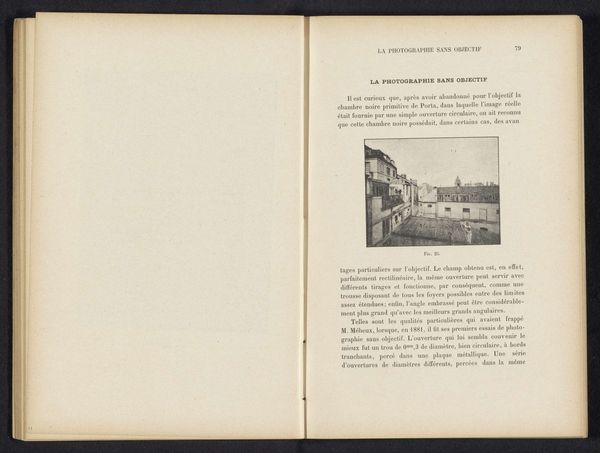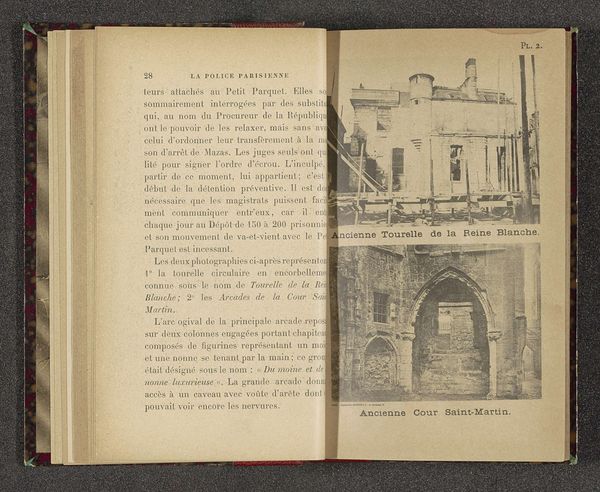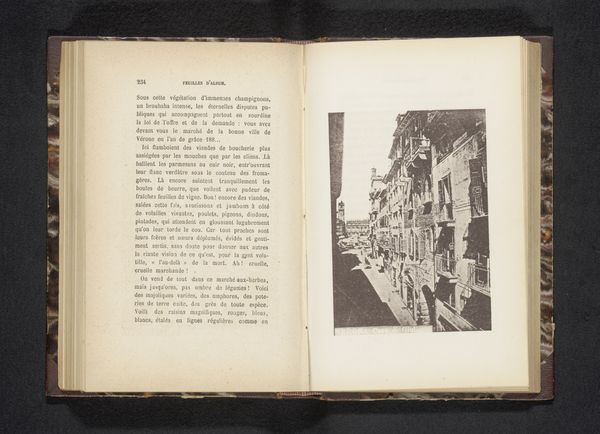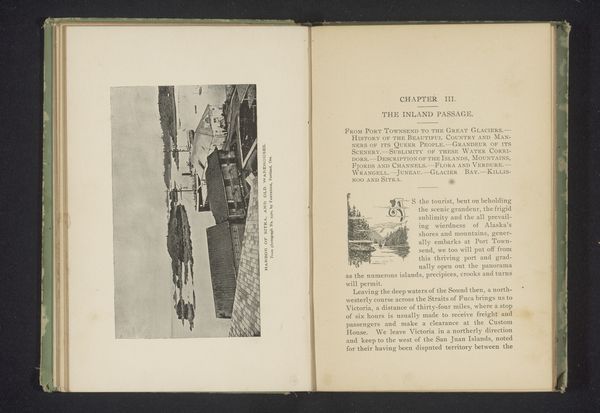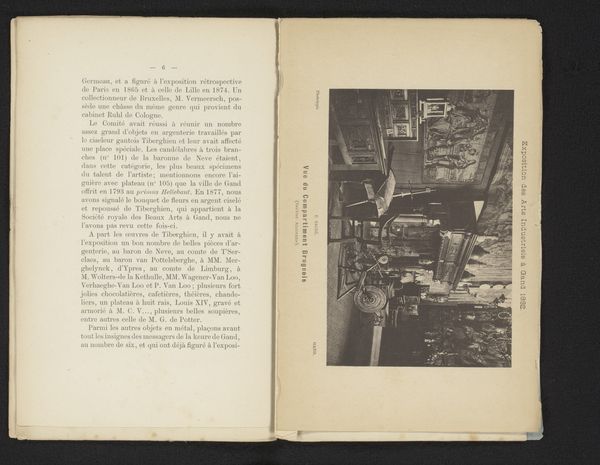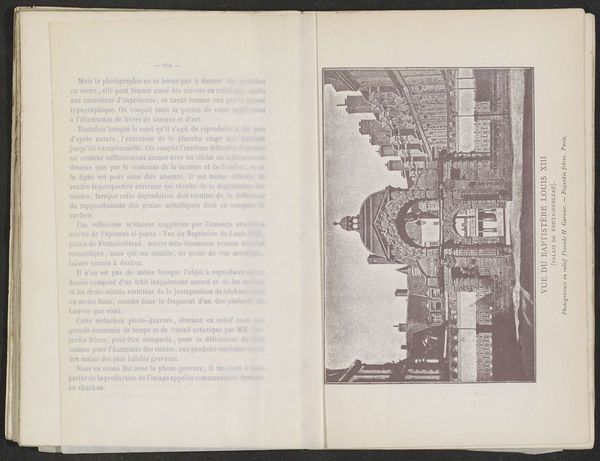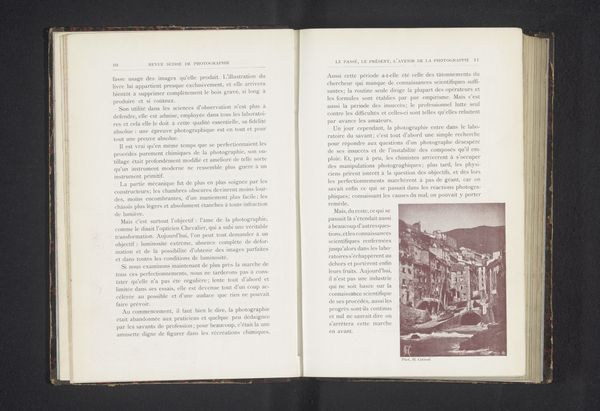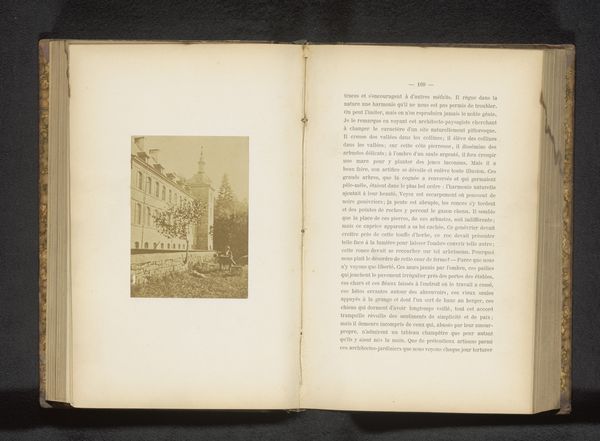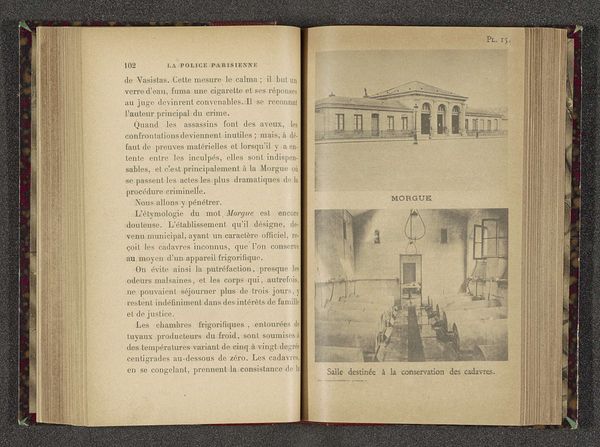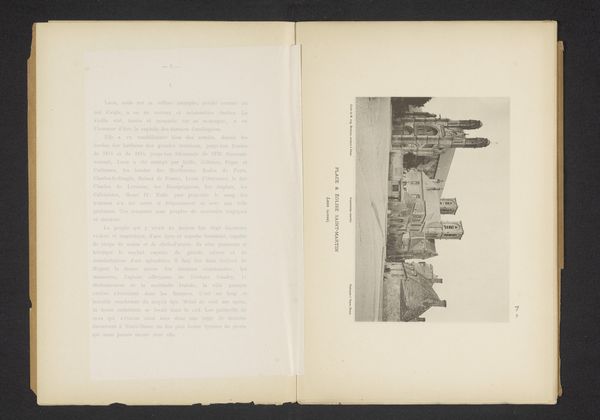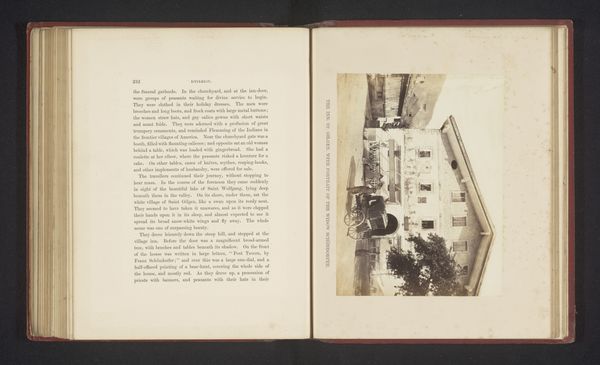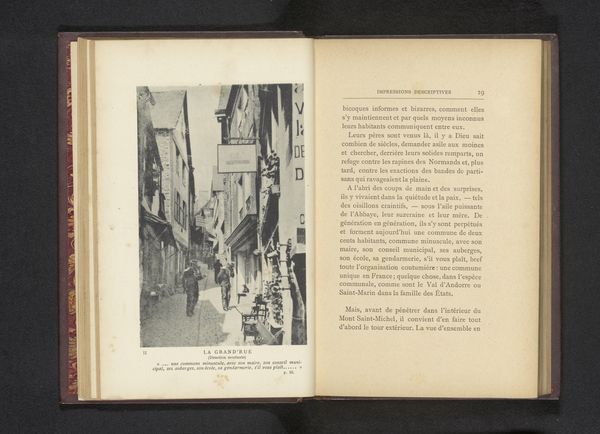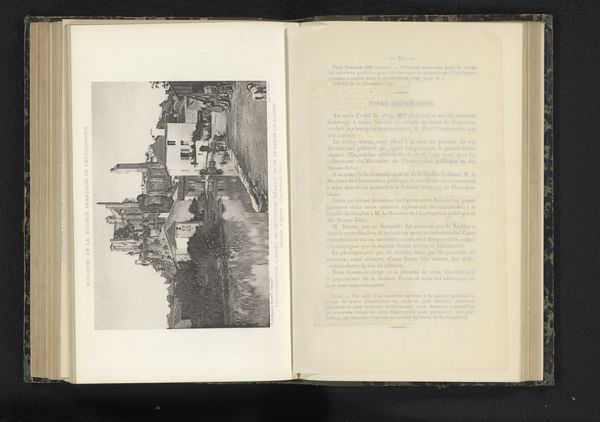
print, photography, albumen-print
# print
#
photography
#
cityscape
#
albumen-print
#
realism
Dimensions: height 120 mm, width 85 mm
Copyright: Rijks Museum: Open Domain
Editor: This photograph, titled "Gezicht op een gebouw van een voormalig parket in Parijs" which I think translates to "View of a building of a former parquet in Paris," dates from before 1890. It's an albumen print of a cityscape featured in a book. I'm struck by how it feels almost documentary, capturing a specific moment in time. What strikes you about it? Curator: I see the print as revealing a specific mode of photographic production situated within a growing interest in documenting and classifying social ills in late 19th-century Paris. The materiality of albumen prints and their relative ease of mass production allowed for their dissemination alongside text. I am interested in the production methods used, and the materials chosen for this context. We could consider how such reproduction techniques enabled a specific kind of viewing and knowledge dissemination. Notice the visible fiber in the paper, how it speaks to the history of object making as labour. The means and distribution are what I find interesting here, rather than the depicted architecture itself. Editor: So you're less concerned with what the photograph shows, and more interested in how and why it was made? The role of the photographer feels different somehow. Curator: Exactly. It challenges the hierarchy. I’d argue that the anonymous photographer plays a role akin to that of a skilled worker, a cog in the larger machine of social documentation and control. It raises questions: Who was the target audience for these "crime museum" albums, and how were they meant to interpret these images? How does photographic manipulation become implicated with political agenda? Editor: That makes me think about how easily these images could be circulated and consumed. The mass production changed everything. Curator: Precisely. These are all interconnected parts of understanding its materiality, its distribution and finally its effect, rather than merely assessing the artistic intention behind this image of architecture. Editor: I’ve never considered photography this way before, it’s much more interconnected. Thanks for opening my eyes to the social and material considerations behind something that feels almost ubiquitous. Curator: The relationship between medium and message is key here. And its cultural circulation completes this picture.
Comments
No comments
Be the first to comment and join the conversation on the ultimate creative platform.
